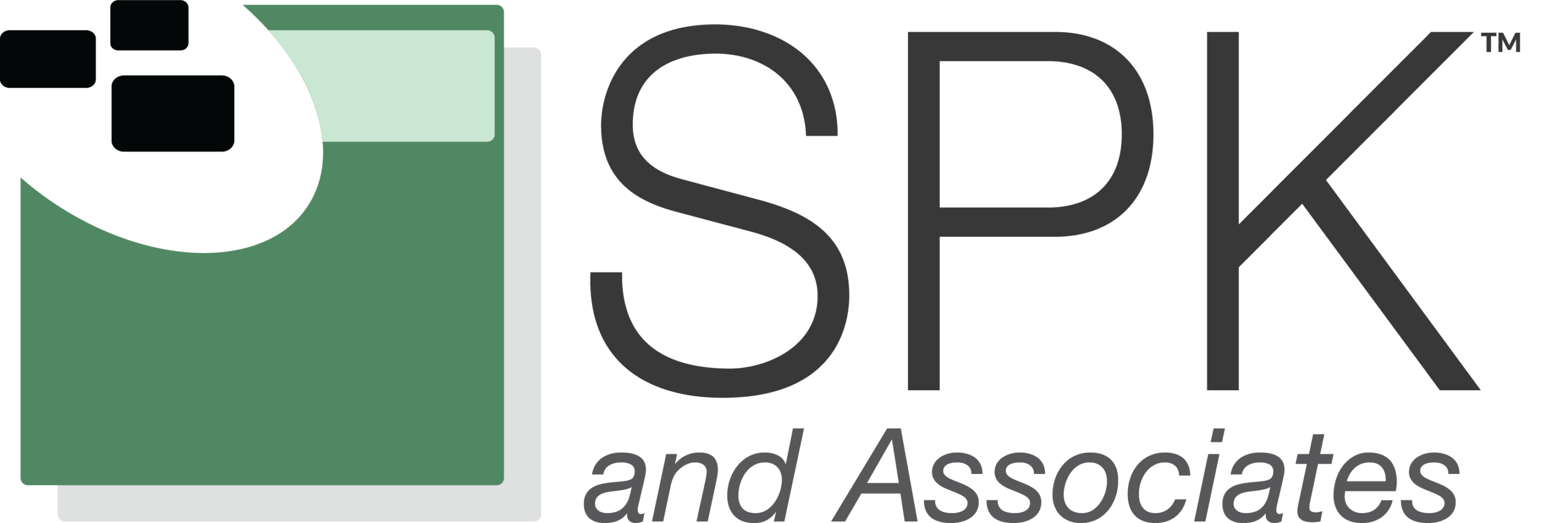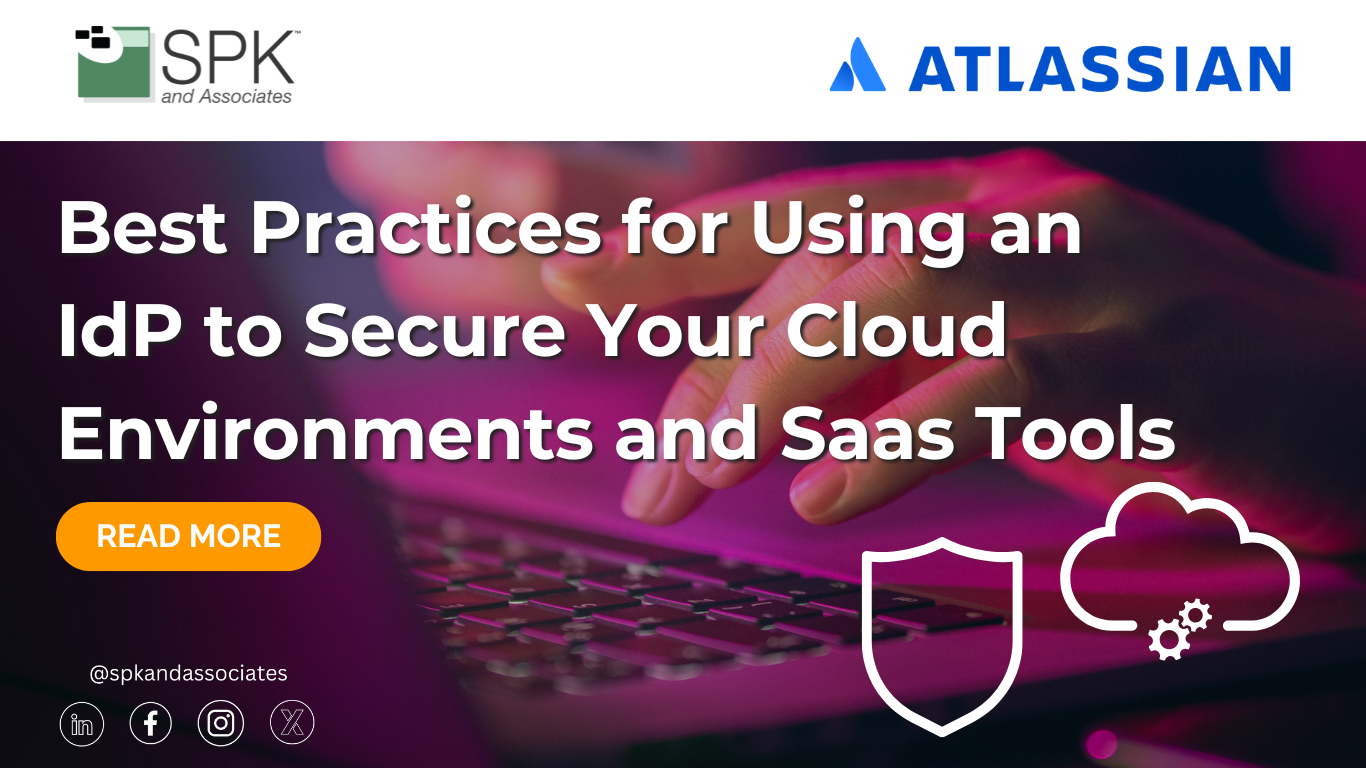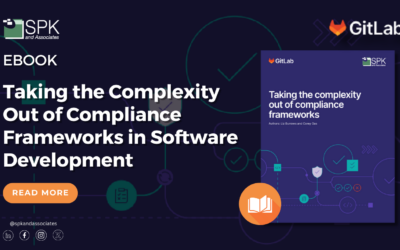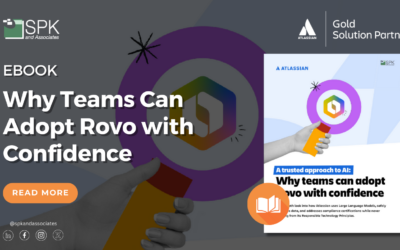Cloud Environments and Saas Tools
As cloud adoption accelerates, securing user identities and access has become more critical than ever. Organizations are increasingly relying on SaaS tools to drive productivity, and Identity Providers (IdPs) play a central role in safeguarding these cloud environments. These tools help unify identity and access management (IAM) across the enterprise. By integrating an IdP with cloud platforms like Atlassian Cloud, enterprises can streamline authentication and security policies. Let’s explore the role of IdPs in securing cloud ecosystems and outline some best practices for effective identity management.
Popular Identity Providers
An Identity Provider (IdP) is a centralized service that authenticates users and manages their access to applications and services through Single Sign-On (SSO). IdPs verify a user’s identity once, then grant access to connected applications using secure tokens. They eliminate the need for multiple login credentials.
Popular IdPs include:
- Okta – A cloud-first IAM platform known for seamless app integrations, user provisioning, and SSO.
- Microsoft Entra ID (formerly Azure AD) – Microsoft’s identity management platform for hybrid and cloud environments, powering access to Microsoft 365 and other enterprise tools.
- Google Workspace – Offers built-in identity and access controls integrated with Google’s productivity suite and third-party applications.
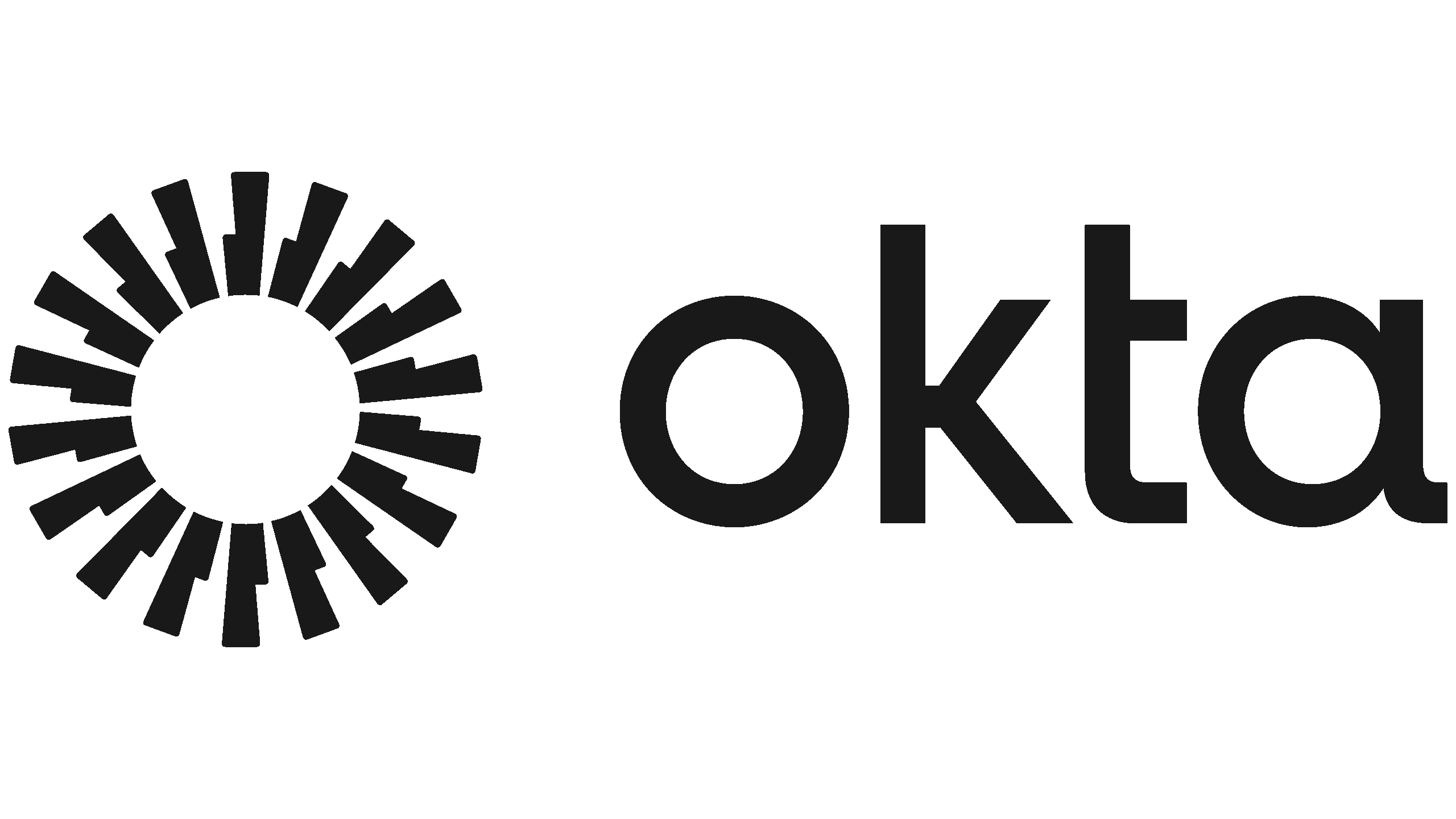


Securing SaaS Tools with Identity Provider Integration
Integrating an IdP with your SaaS stack allows you to apply consistent authentication and authorization policies across all cloud tools. This approach delivers both security and usability benefits, such as the following:
SSO (Single Sign-On)
Single Sign-On (SSO) allows users to access multiple applications and systems using a single set of login credentials. This reduces password fatigue and minimizes the risk of password reuse and related security vulnerabilities. It also improves login efficiency by enabling seamless access to all authorized systems after a single authentication event. For organizations, SSO also simplifies user management and strengthens access control policies across the enterprise.
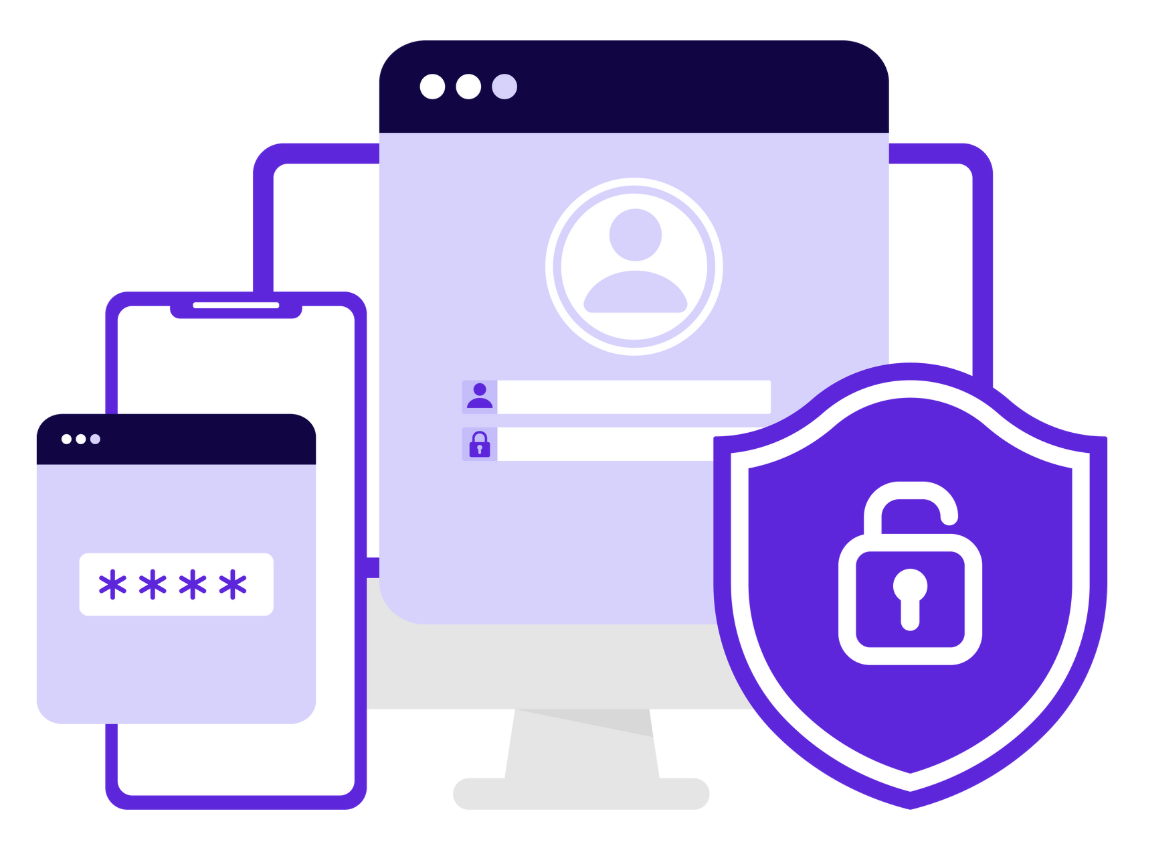
MFA Enforcement
Multi-Factor Authentication (MFA) enhances security by requiring users to provide two or more verification factors to gain access to a system. These typically include something the user knows, has, or is, such as passwords, birthdays, or data. Enforcing MFA significantly reduces the likelihood of unauthorized access due to stolen or compromised credentials. It’s a critical control for safeguarding sensitive systems and data, particularly in cloud environments and regulated industries.
SCIM Provisioning
System for Cross-domain Identity Management (SCIM) is a standardized protocol used to automate the exchange of user identity information between identity providers (like Okta, Azure AD, or Google Workspace) and service providers (such as SaaS applications). SCIM simplifies user lifecycle management by automatically provisioning new accounts when users are onboarded. It also updates user roles and permissions during internal changes, and deactivates accounts when users leave the organization. This ensures that access is always in sync with HR systems or directories. It reduces security risks from stale accounts.
Auditability: Centralized Logging and Reporting for Compliance
Auditability refers to the ability to track and review user and administrative actions across systems through centralized logging and reporting. This capability is essential for demonstrating compliance with regulations like the GDPR, HIPAA, and SOC 2. With centralized audit logs, organizations can monitor access patterns, detect anomalies, and produce detailed reports for audits or investigations. This not only supports transparency and accountability but also helps organizations respond quickly to potential security incidents or compliance inquiries.
By managing identities in one place through integration, you limit the attack surface for credential-based threats.
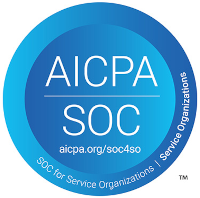
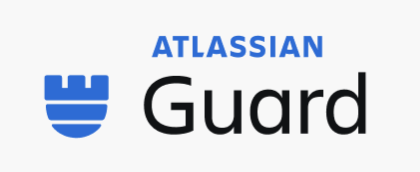
Use Case: Okta + Atlassian Guard
One of the most effective examples of IdP integration is the combination of Okta and Atlassian Guard (formerly Atlassian Access). This integration enables secure SSO across all Atlassian Cloud tools while also automating user provisioning and applying fine-grained access controls. SCIM-based provisioning ensures users are created, updated, or removed automatically based on directory changes in Okta. Additionally, multi-factor authentication (MFA) and suspicious login detection via Atlassian Guard protect against unauthorized access. Furthermore, hybrid compatibility allows you to connect your on-prem directories (e.g., Active Directory) with cloud applications using Okta connectors. Organizations moving from on-prem systems to cloud benefit from this centralized approach by accelerating deployment timelines, strengthening their security posture, and improving user productivity.
Best Practices for SaaS Identity Management
To maximize security and efficiency when using an IdP with SaaS tools, follow these best practices:
1. Automate User Lifecycle Management
Implement SCIM provisioning to automate account creation and deactivation across connected tools. This reduces risk by ensuring ex-employees lose access immediately.
2. Enforce Multi-Factor Authentication
Mandate MFA for all users to protect against credential-based attacks. Opt for phishing-resistant methods such as authenticator apps or passkeys over SMS-based MFA.
3. Implement Role-Based or Policy-Based Access Control
Assign users access based on their roles or contextual policies (e.g., location, device trust). This enforces the principle of least privilege.
4. Conduct Regular Access Reviews
Periodically audit who has access to what and adjust permissions as needed. This prevents privilege creep and limits lateral movement during breaches.


5. Monitor and Audit User Activity
Track login attempts, permission changes, and usage patterns through your IdP and SaaS platforms. Use these insights to detect anomalies and respond to threats early.
6. Support Multiple IdPs if Needed
For organizations with subsidiaries or diverse clients, support for multiple IdPs per tenant enhances flexibility while preserving security standards.
Implementing an IdP for a Secure Cloud Environment
Using an Identity Provider as the backbone of your access strategy is one of the most effective ways to secure cloud environments and SaaS tools. Integrations with platforms like Atlassian Cloud, especially via Atlassian Guard, bring scalable governance, automated provisioning, and consistent user experiences to your enterprise. With remote teams and new cyber threats, adopting a centralized, identity-first security approach is essential. Contact our experts today to discover how you can build a more secure, productive digital environment for your teams.

